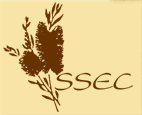 • Earliest Settlers
• Earliest Settlers
• Thomas Holt
• Dunes Violated
• The Sandhills
• Alpha House
|
Occupation |
Thomas Holt
Thomas Holt was born in Yorkshire in 1811, the eldest of five sons of a Leeds wool manufacturer and merchant. At the age of fourteen he left school and went into his father's business. At twenty-one he left England to represent the firm in the wool markets on the Continent. Whilst in Berlin he married Sophie Eulert. It was there that he read the German translation of Dr John Dunmore Lang's An Historical and Statistical Account of New South Wales, a book describing the colony and its potentialit was to change his life.
In 1842 Holt and his bride sailed into Sydney. He arrived a wealthy man, and began at once to speculate in mortgages and the money market; he also obtained grants for huge tracts of Colonial Crown Land. He amassed vast sums of money by disposing of his squatting holdings throughout the State during the flurry of land sales following the gold discoveries in the early 1850s. A city man, he nevertheless delighted in being the Country Squire, but always held country estates (on Botany Bay and its tributaries) close enough to commute into Sydney to his counting house, so maintaining control over his business affairs. Holt was a member of the first New South Wales Legislative Assembly (1856) He became the first Treasurer in what was in fact Australia's first Parliament. |
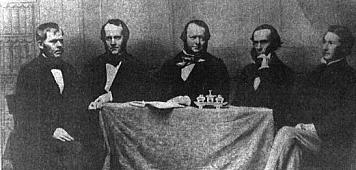 |
Holt owned land in Queensland as well as his extensive holdings throughout New South Wales. He built six mansions to the south of Sydney, Sutherland House at Sylvania being the last he built. |
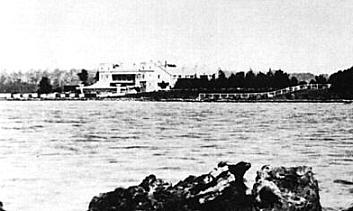 |
| At the 1861 auction of Laycock's land, Holt was the highest bidder at 3275 for the entire 4600 acres. Amongst the properties bought by Holt was the Birnie Estate, which comprised all of the Kurnell Peninsula with the exception of the Government Reserve at Endeavour Heights, and included the Landing Place of Cook. The 4600 acres Holt bought from Laycock were scattered lots. During 1861-62 he consolidated his holdings by securing large portions of land between the Georges and the Hacking Rivers. He even procured two waterwaysGwawley Bay and Weeney Bay. His accumulated holdings in the pre-Shire were approximately 13000 acres. |
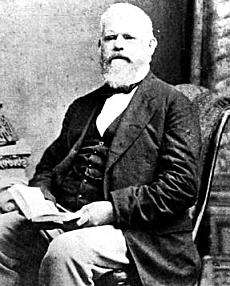 |
Thomas Holt, with a view to economics, procured the services of government men (convicts), runaway sailors and Aborigines for the workforce on his estates. Although he had the former Connell overseer, Mr Justice, living on-site at Kurnell, Holt employed a Gweagal Aborigine, William Rowley, born at Pelican Point (Towra Point) in 1831, as his foreman. |
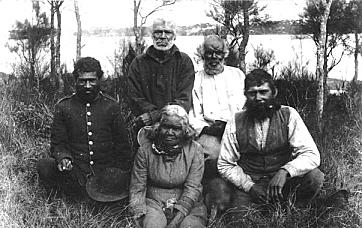 |
Holt and his Oysters
Holt began the oyster culture industry in Australia in the waters of Weeney and Gwawley Bays. In 1866 before leaving for Europe, he converted Weeney Bay into an oyster breeding ground by placing timber there to attract oyster spawn. He visited oyster culture industries in France, Italy, and England. On his return he found "the timber was covered with oysterlings as white as snow". He had miles of channels dug in Gwawley Bay, and had the bay's mouth enclosed with a bridge in which were flood gates to control the water flow. This was the first oyster farm in Australia. Weeney Bay was enclosed with piles. Oysterlings (immature oysters) from overseas and from Cowan Creek, Pittwater, Georges River and Port Hacking were placed there to grow before being put into Gwawley Bay claires (oyster breeding channels). Oyster leasing was officially introduced in 1880, after Holt pushed for it in Parliament. |
| Top of Page |
|
| |
|
